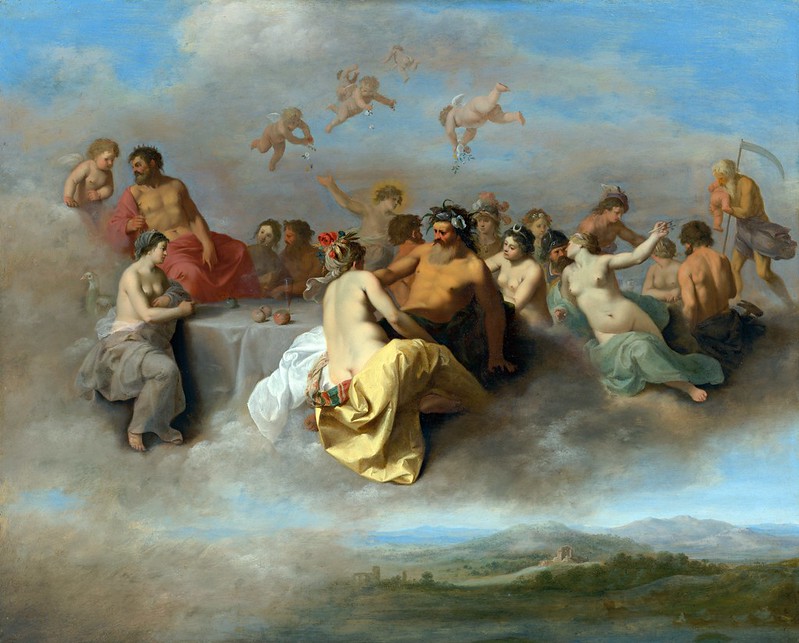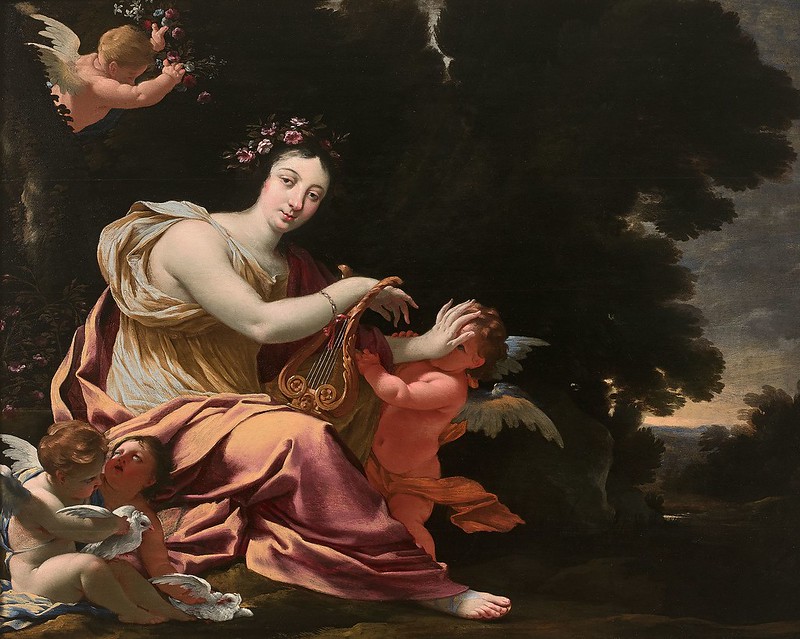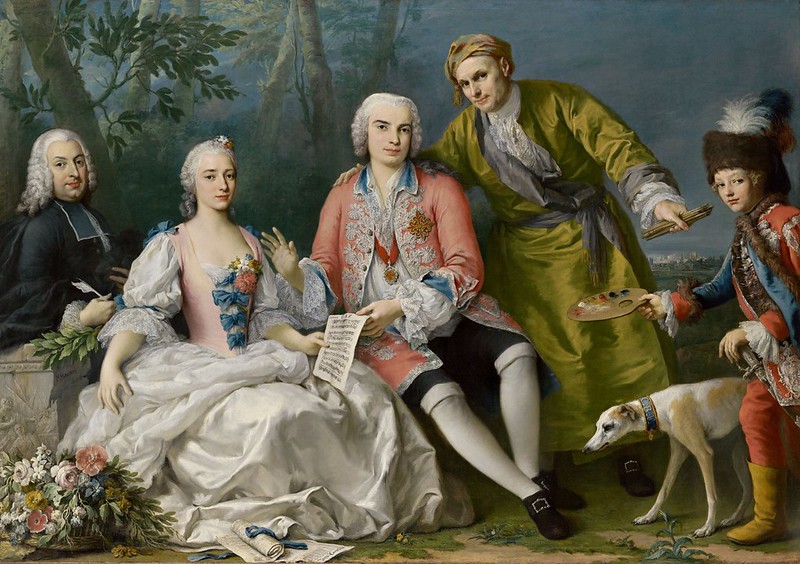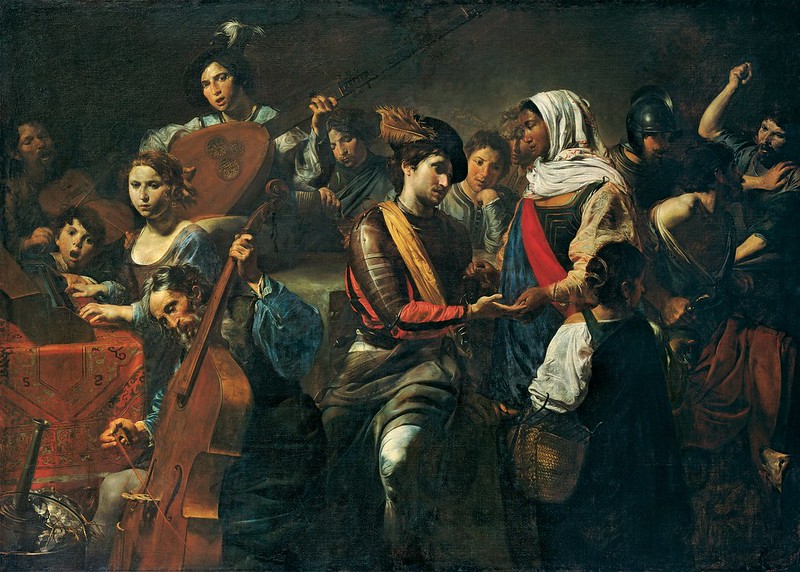Quirinus van Blankenburg (1654-1739)
- Duplicata Ratio Musices, ou La Double Harmonie (1733)
Performers: Gerard Dekker (1931-2010, clavecimbel)
Further info: Quirinus van Blankenburg (1654-1739)
---
Dutch composer, organist, theorist and poet. He was the son of Gerbrant
Quirijnszoon van Blankenburg (c.1620-1707), organist in Zevenbergen and
Gouda. He probably received his first instruction in music from his
father. He started his musical career at an early age, as an organist in
Rotterdam (1670-75, at the Remonstrantse Kerk) and at Gorinchem
(1675-79). For some years from 1679 he studied at the University of
Leiden (he was registered under the name Gideon van Blankenburg). In the
mid-1680s he settled at The Hague, where he stayed for the rest of his
life. He was organist of the Walloon church from 1687 to 1702. In 1699
he was appointed to the Nieuwe Kerk but was active there only after the
new organ had been completed in 1702. Because of his old age his pupil
Frans Piton deputized for him from 1720. He was sought after as a music
teacher by the nobility of The Hague: his pupils included Willem
Bentinck, Ludwig Friedrich, Prince of Württemberg, and probably Count
Unico Wilhelm van Wassenaer. Blankenburg was considered a proficient
keyboard player and a first-class expert on carillon and organ building.
His advice was requested as early as 1676 in connection with the
carillon newly ordered from Pieter Hemony for the tower of the St
Janskerk, Gouda, where his father was organist. He proposed the
inclusion of C and D in the lowest octave but was strongly opposed by
other advisers and by Hemony himself. He published a defence of his
position (De nootsakelijkheid van Cis en Dis in de bassen der klokken,
c.1677, now lost). Hemony replied with De onnoodsakelijkheid en
ondienstigheid van Cis en Dis in de bassen der klokken (Delft,
1678/R1927), but Blankenburg's proposal eventually prevailed. Later on
he was asked to try out newly built or restored organs and carillons in
various towns and cities, but his judgments, which may have been
influenced by financial interests, drew him into controversy several
times.
Blankenburg's printed music consists entirely of keyboard pieces. The
Clavicimbel- en orgelboek der Gereformeerde Psalmen en kerkzangen
comprises essentially homophonic settings for organ or harpsichord of
all the psalms and hymns of the Dutch Protestant Church. The rhythm and
harmony of the original 16th-century melodies are adapted to
18th-century taste, with many ornaments added. A few of the settings are
preceded by a fugal prelude. De verdubbelde harmony is a little volume
written in honour of the marriage of Prince Willem Carel Hendrik Friso
and Princess Anna of Hanover. It contains a number of small,
unpretentious pieces of various kinds. Some were printed on transparent
silk and could be played when viewed from either side. A volume
announced in 1739 as Fugues, allemande, courante, sarabande, bourée,
gavotte, menuets, gigue et autre pièces de clavecin apparently never
appeared, possibly because of Blankenburg's death. Three autograph
manuscripts (D-ROu) include vocal and harpsichord pieces (see
Praetorius). Some are by Blankenburg himself, others are arrangements by
him of vocal extracts from operas by Handel and Destouches and from a
cantata by J.G.C. Störl. The remainder of the pieces are anonymous or
can be attributed to other composers. Blankenburg's curious treatise
Elementa musica is principally a textbook on thoroughbass but also
includes many autobiographical remarks. He accused François Campion and
Handel of the unauthorized use of some of his musical ideas. One was the
theme for a fugue, and he included in the book his own fuga obligata
based on it. He dated his theme 1725, and accused Handel of using it in
his Six fugues or voluntaries (1735). We now know, however, that Handel
wrote these pieces around 1720.















